Bringing back memories of railway travel
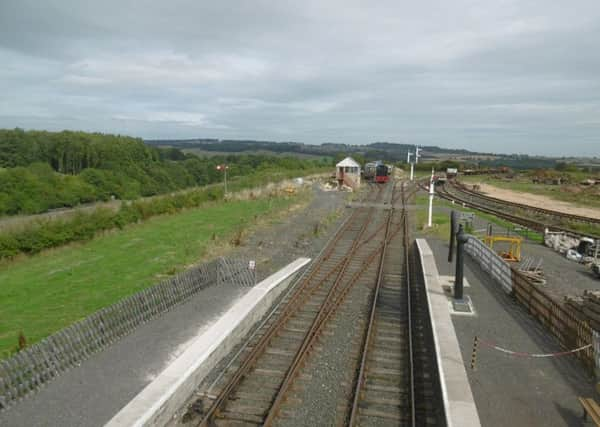

After leaving the Town Moor in Newcastle, it turned sharply eastwards to run through Cramlington and Bedlington, with a branch line from Bedlington to Morpeth.
The fact that he changed his mind is largely due to the first Town Clerk of Morpeth, William Woodman.
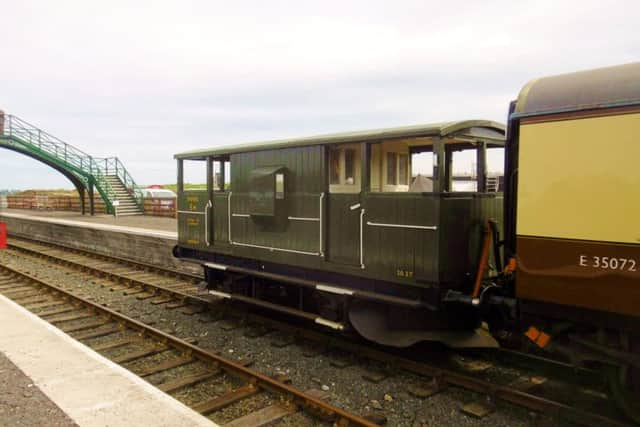

Advertisement
Hide AdAdvertisement
Hide AdHow he did it, we shall probably never know, but he used his contacts amongst the great landowners of Northumberland, chiefly the Earl of Carlisle, to persuade Stephenson to depart from what was undoubtedly a better line.
The result is that, to this day, express trains have to slow down for the infamous Morpeth curve.
Not so at Alnwick. Here, George took his line away to the east to avoid the Duke’s pleasure grounds.
Alnwick actually had its own railway almost 20 years before Morpeth.
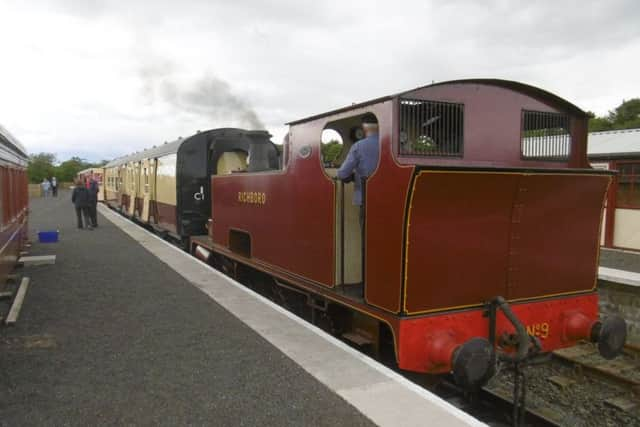

Advertisement
Hide AdAdvertisement
Hide AdIn 1809 a waggonway was opened to bring anthracite, a hard, smokeless coal, from Shilbottle. It is remembered today in Wagonway Road.
The main line between Morpeth and Newcastle began operating in March 1847. Meanwhile, a branch to Alnwick was planned and opened in August 1850.
It entered Alnwick on the same side as the waggonway, but by a different route.
It joined the main line at Bilton Junction, where a new station was built to replace one at Lesbury. By a polite fiction, Bilton Station became Alnmouth in 1892.
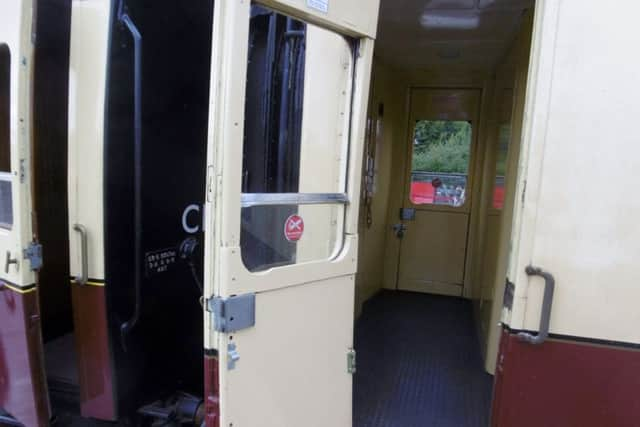

Advertisement
Hide AdAdvertisement
Hide AdAt the other end, it was provided with a magnificent terminus at Alnwick, now the home of Barter Books.
For years, Alnwick was almost as well served by rail as Morpeth, with through trains to Newcastle, but the branch closed in 1968.
Unfortunately, the Aln Valley Railway does not, and cannot, run from Alnwick Station, but from an obscure location at the back of the Lionheart Industrial Estate.
If you go by car, just follow the signs. If by bus, get off the X15 in the industrial estate, just before the Alnwick bypass. The shortest way then is along the lane opposite the bus stop.
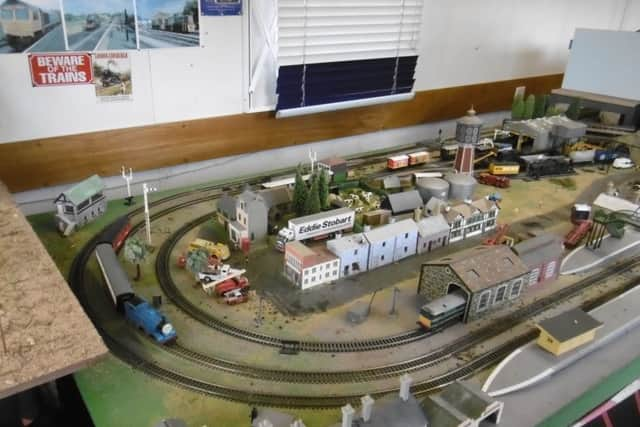

Advertisement
Hide AdAdvertisement
Hide AdAlthough the railway stands in a working landscape, it is an agricultural one and has good views.
In our panoramic picture, the A1 is just over the hedge on the left side, but you are hardly aware of it.
The depot has sidings holding railway engines and other rolling stock, awaiting anything from minor repairs to a complete rebuild. There is a small museum, a cafe and proper toilets.
The rolling stock includes a mobile crane and a trolley for carrying works crew to their job and back.
Advertisement
Hide AdAdvertisement
Hide AdBrake vans were essential in the days of unbraked or partially braked goods trains. As well as slowing the train down, a brake van could hold it on a gradient and, if it broke in two, both halves had the means of stopping.
It had to be heavy, typically 20 tonnes, to have any effect. The guard needed to see out, hence the verandah at each end and the projecting side windows, or ‘duckets’.
Sharks, however, serve a second purpose. They have ploughs mounted at each end. When attached to a ballast train, the plough is lowered so that it both sweeps stones off the rail head and levels the ballast on either side and between the rails.
The smart, red, side-tank engine, called Richboro, was built by Hudswell Clarke in 1917 and is over 100 years old. It was built for the Port of London Authority, but spent most of its working life as a colliery locomotive.
Advertisement
Hide AdAdvertisement
Hide AdThe black engine you can see in the distance in our panoramic view is No. 60, a Hunslet ‘Austerity’ saddle tank. It was a pre-war design adopted by the War Department in the early 1940s as the standard shunting locomotive for the military.
They, along with a few other types of locomotive, were called Austerities because sophistication of design was sacrificed for simplicity of manufacture and ease of maintenance.
No. 60 is smart now, with shiny black paint, but this is far from how I remember railway engines being in those days. During, and for a long time after, the Second World War, railway engines of all kinds were predominantly dull black. There are some things that you’d rather not see recreated. Heritage railways are as much about fantasy as history.
The coaches are clean and comfortable, and mostly of the compartment type.
Advertisement
Hide AdAdvertisement
Hide AdWhat struck me forcibly was their narrowness of access. Ramps, wide doors operated by push-buttons, spacious vestibules and designated areas for wheelchairs simply did not exist.
The only concession to disability seems to have been a grab-handle. I can only presume that if you were wheelchair-bound in those days, you would have to go in the luggage van.
The station has a nice period feel, with trunks, portmanteaus, luggage trolleys and reproduction posters for Sunlight Soap, Whitley Bay, Bovril and, appropriately, Hardy’s Fishing Tackle.
Lastly, there is a place where you can see working model railways. And it isn’t only for children.